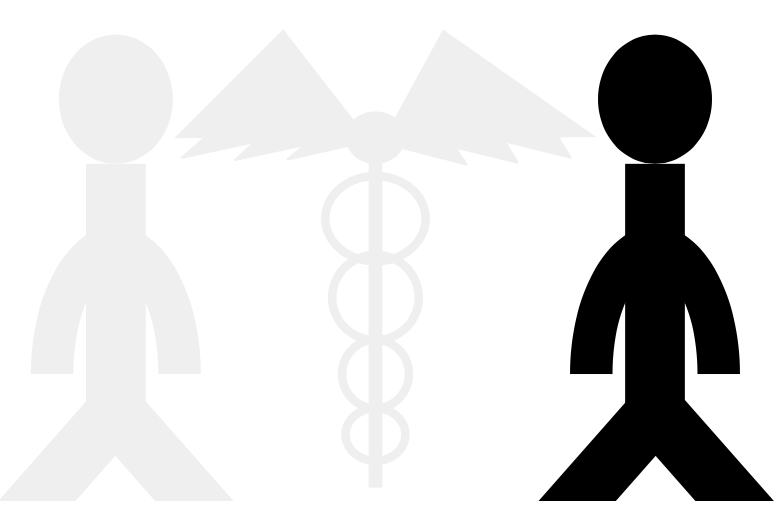Racism in America: The Driving Force Behind the Discrepancy in the Causes of Death for Black and White Americans
April 29, 2023
Martin Luther King Junior explains, “There is nothing new about poverty. What is new, however, is that we now have the resources to get rid of it. […] There is no deficit in human resources, the deficit is in human will.” King has created an interesting argument; why should people in the United States avoid taking advantage of their plentiful resources – such as money, power, freedom, and privilege – instead of using them to take action against social inequality and inequity? We have yet to transform our nation into the one King imagined, a disservice to minorities, specifically Black Americans.
Research into racism as a threat to public health puts into perspective the factors creating the discrepancy in causes of death. According to statistics from 2021 validated by the Centers for Disease Control and Prevention (CDC), Black Americans are more likely to die from heart disease, malignant neoplasms, cerebrovascular diseases, diabetes mellitus, HIV disease, and homicide.
According to the essay “Racial Disparity in Incidence and Survival for Gastrointestinal Stromal Tumors” By Mark B. Ulanja, “Racial disparity in incidence and survival may stem from unequal access to health care.” The way in which American society has been designed continues to put Black Americans at a disadvantage when it comes to their health, emphasizing why racism can be viewed as a public health threat. The National Cancer Institute and the American Cancer Society have emphasized that such disparities stem from “modifiable socioeconomic factors, such as poverty, education, and access to health care.”
Some may view Black American medical trials as an insinuation that people of different races are biologically different. In “Race and Medical Double-Binds,” Scholars note that, “Black Americans are overrepresented at nearly twice the rate of their proportion in the population in early-stage clinical trials when the risk of a new drug is high and benefits are low; 32 representation drops in later-stage trials, where benefits are high.” This does not prompt inclusion and ultimately preserves white dominance and privilege in American society.
The death rate for Black Americans due to homicide, according to the CDC, is significantly higher than that of White Americans. Some of these deaths can be attributed to police brutality. Court rulings, such as Tennessee v. Garner and Graham v. Connor, limit the police’s ability to use force. However, ambiguous terminology defining force as needing to be “objectively reasonable” grants police the power to determine how reasonable is defined. Such leeway results in data analyzing police use of force to, “consistently find that people of color are disproportionately killed by law enforcement,” as described in “Living in an Age of Colorblind Racism and Police Impunity” by Bryan R. Ellis and Nicole Branch-Ellis.
As portrayed in contemporary society through popular television series, movies, books, and many other forms of entertainment, law enforcement officers are to be glorified. Since people are conditioned to view the police as heroes, “[officers’] questionable actions can be positively framed,” according to Ellis and Branch-Ellis. They also state common justifications given by officers when shooting and killing Black Americans, including “he showed poor judgment,” “I made a mistake,” “I had no choice,” and “they are thugs and gang members.” The convenience of such excuses helps to maintain law enforcement’s heroic image.
Jose Luis Ramirez fell victim to an instance where law enforcement showed poor judgment. Ramirez was shot by a police officer, resulting in his death at the young age of eighteen. Ramirez comes from a minority neighborhood which Ellis and Branch-Ellis define as “often profiled and targeted as criminal hotspots, [facing] increased police presence and surveillance.” It was later revealed that Ramirez was unarmed.
In the autobiography “The Other Wes Moore” by Wes Moore, the greater difficulties faced by minorities relative to where they live are prevalent. As a result of having personal and indirect interactions with the police, Moore explains, “The criminal justice system affects more than the men whose lives are irrevocably changed when they encounter the system,” it affects the social hierarchy of the United States.
America’s history of ignorance and discrimination manifests itself in modern-day healthcare systems, resulting in the discrepancy between the Causes of Death for Black and White Americans.


